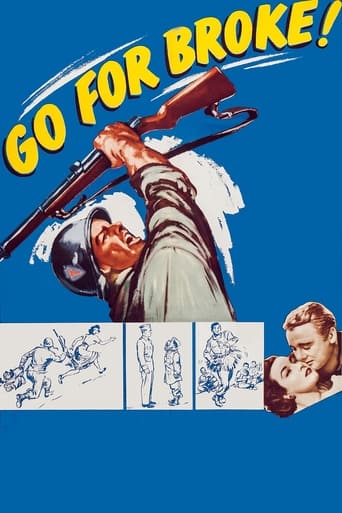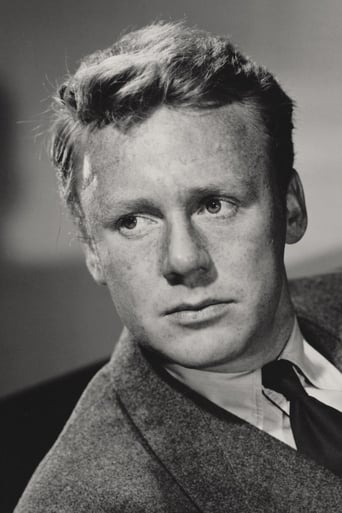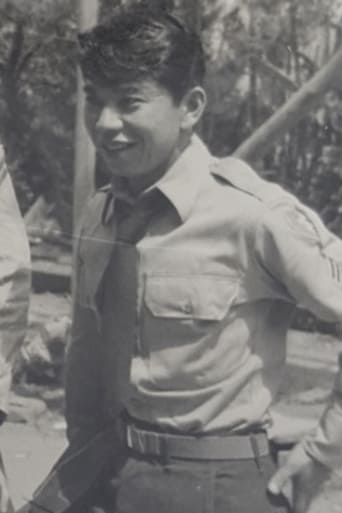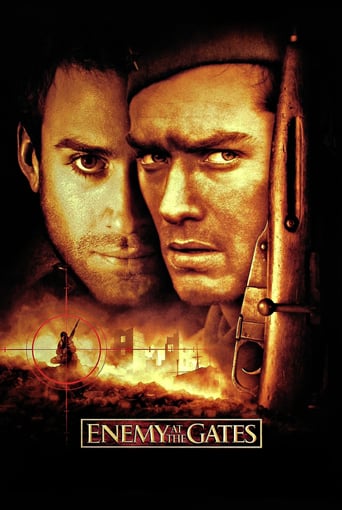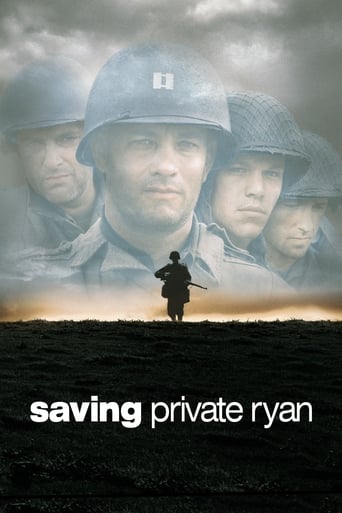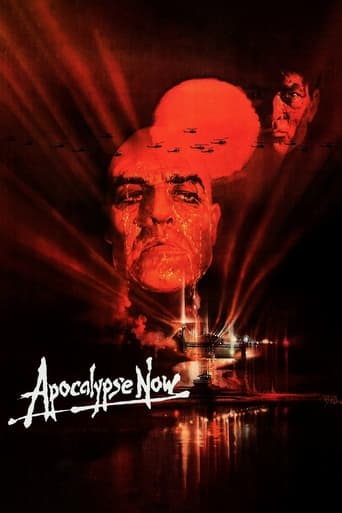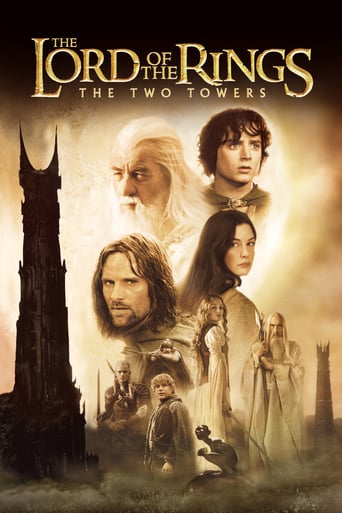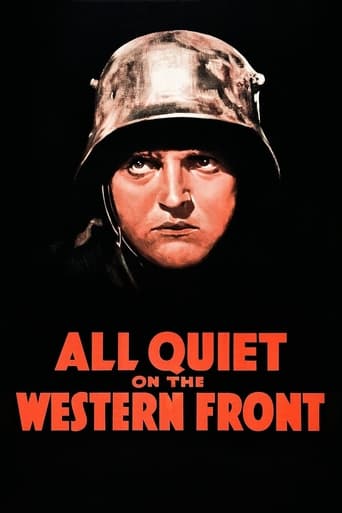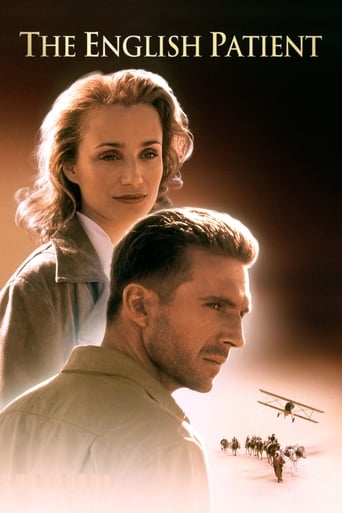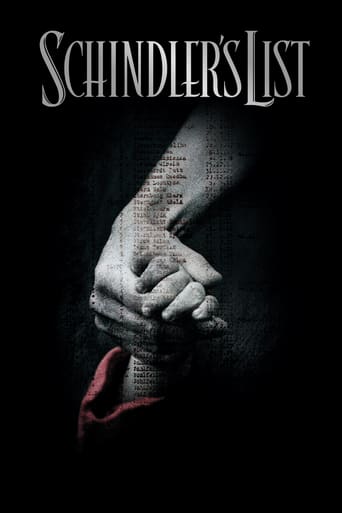Go for Broke! (1951)
A tribute to the U.S. 442nd Regimental Combat Team, formed in 1943 by Presidential permission with Japanese-American volunteers. We follow the training of a platoon under the rueful command of Lt. Mike Grayson who shares common prejudices of the time. The 442nd serve in Italy, then France, distinguishing themselves in skirmishes and battles; gradually and naturally, Grayson's prejudices evaporate with dawning realization that his men are better soldiers than he is.
Watch Trailer
Cast


Similar titles
Reviews
GO FOR BROKE! is a standard WW2 B-movie with an interesting basis: it tells of a platoon of Japanese-American troops fighting on the side of America against Nazi Germany during the war. Inevitably this is based on a true story and covers an aspect of the conflict that you don't really hear much about these days.Van Johnson plays the platoon's lieutenant, initially sceptical and rather racist when he hears about his new unit, but gradually developing a grudging form of respect for his men. The Asian actors are all fine, sympathetic, and convincing in their parts. The battle scenes are quite low rent and not always convincing, but they're delivered with enough gusto to make them entertaining.
THERE IS LITTLE reason to believe that the United States, "America", is not the 'Land of the Free and the Home of the Brave'; as our advertising slogans all claim. It is also true that many an inequity toward certain segments of our society, have and do exist.WE CAN ALSO can rightly, and proudly proclaim that the platitudes that we've proposed in the Declaration of Independence and The Constitution have had and continue to have an uncanny ability to rectify problems that would isolate whole groups pf Americans from full recognition and participation. Hence, the foundations of the American Republic, which were originally considered to be inclusive to the founding peoples' ethnicity and race (being Caucasians from Northern and Western Europe); others being 'excluded' by omission, rather than by design.* IT WOULD APPEAR that no particular racial-ethnic-national grouping had received a pass from this process; least of all being those those whose ancestors are numbered among those people who arrived on the shores of the New World from Asia. Being called by the now apparently politically incorrect term of "Orientals", the Chinese coolies and others who were imported to provide labor in building the trans-continental railroad and they received treatment that was little better than that of chattel; even after slavery was officially outlawed in all States and Territories of the USA.THIS DISREGARD OF the full rights and humanity of those from the 'Yellow Race' continued and persisted for many a year. Right down to the years of there existed an immigration law called 'The Chinese Exclusion Act': which disqualified the immigration of Chinese to the United States in the same quota manner afforded to those applicants from other countries.NOW, LET US fast-forward time to the year of 1941 and the attack on Pearl Harbor of December the 7th. Fear of a Japanese invasion of the West Coast coupled with old anti-Asiatic sentiment spawned the creation of the "Neisi Relocation Centers". Following an Executive Order from President Franklin D. Roosevelt and at the urging of California Governor, Earl Warren, Japanese living in the Western States were required to sell whatever real estate that they owned (their abodes or places of business) and submit themselves to being prisoners of the U.S. Government for the duration of World War II.THE EXISTENCE AND use of what were called Internment Camps during time of war wasn't new. Their application was commonplace and the practice was widely in use in Europe during the First World War. There was, however, one important difference; that being that those being held in these Internment Camps were FOREIGN NATIONALS of Nations who were at war with that particular country.SO THEN, WE had a great story that needed telling. We had a special combat unit of the United States Army, the 442nd Combat unit. It was special battle unit composed of enlisted men and non-coms (non-commissioned officers, sergeants & corporals) who were Americans of Japanese descent. Being a people who were on a mission and their record in the battlefields of the European Theatre of Operations was outstanding and acclaimed to be second to none; particularly in the Italian Campaign, which included assaults on cities in Sicily, Anzio and Rome.THAT MGM HAD DECIDED to do a film that brought this all to the screen is less of a surprise than it was one of those overdue projects upon release in 1951. While the production boasted of many an actor from MGM's outstanding stable (including popular Van Johnson in the top billing spot), it is the choice of the extensive cast portraying the Japanese American Soldier that makes this the fine movie that it remains to this very day.WE HAD LONG felt that there was a great similarity of GO FOR BROKE to MGM's BATTLEGROUND; which in similar manner told the story of the true heroes of Bastogne (the Battle of the Bulge). Having just recently seen the trailers produced for both pictures, we found that the head honchos at the studio concurred.MY MY. SUCH great minds have we! NOTE: * This is not to say that all being of the Caucasion persuasion would guarantee full acceptance to a person in all things 'American'. If you don't believe us, just ask those whose ancestors came from Southern Europe (Italians), Eastern Europe (Polish) and old Russia & the Ukrane(Jews). In my own case both my Mother's people (German) and the 'Old Man's' (Irish) paid their dues. (Oh yeah, we nearly forgot! The Irish were also imported to help build the transcontinental railroad! Whatta ya know, a sorta footnote to a footnote! Another Red Ryan 1st!)
Tepid account of Japanese-Americans fighting alongside their colleague allies against the Germans in WWII. Van Johnson is a military liaison lieutenant responsible for merging the unpopular, yet patriotic soldiers with the regular divisions. Predictably, they succeed in taking an important military post from the Germans in a bloody battle in the Ardennes.While there's glimpses of a routine war flick, it's frequently punctuated by long discourses on racial prejudice and otherwise political jingoism of the most shameless kind. Johnson is typically likable as the by-the-book uniform who marches his ragtag bunch of cultural misfits into GI Joe exemplars. His rapport with his men leads him to defend them in the face of racial and cultural discrimination, even to the extent he'll beat one of his own mates black & blue for uttering the slur "Jap". He plays the congenial moralist well, but the contrasts are so blatant, that the film comes off looking like a defence recruitment promotion (the largely unknown cast doesn't add anything in quality either).Some of the battle scenes are hardy and well staged (the Irish-Japanese-American O'Hara eats a flying pine tree in one of the more imaginative battle deaths) and the title expression "Go For Broke" is given a run as such you won't soon forget the name of the film. But that's not the same as memorable content, and this, in my opinion, has little to recommend.
Perversely, the thing reminds me of "Glory," without the taken-for-granteds. I mean, now we take for granted that African-Americans are as good in the military as anyone else. (God knows, they were the tidiest sailors on my ship.) But at the time this film was released the accomplishments of the 442nd were still news to most people. Japanese? Fighting on OUR side? Gosh.Alas, the performances leave a lot to be desire. Van Johnson does no more than a workmanlike job, and the Japanese soldiers are hard to distinguish. It isn't that they all look alike so much as that so many are given similar motivations. Only two of the enlisted men are really outstanding -- the bitter guy (the equivalent of the Denzel Washington figure in "Glory") and the educated guy (the Andre Braugher character in "Glory").It's a good move though, and the action scenes are right up there among the better ones. Particularly good is the wounded guy wielding the mortar all by himself. Mortars don't ordinarily loom large in combat movies, although read Sledge's "With the Old Breed." Weaknesses? Not too many. One outstanding is that Van Johnson's racism is not made more explicit. Throughout, he objects to his assignment because, mainly, he wants to stay with his Texas division. His racism is sort of, well, masked.Good movie though.Stay way from the only available DVD, which is junk.

